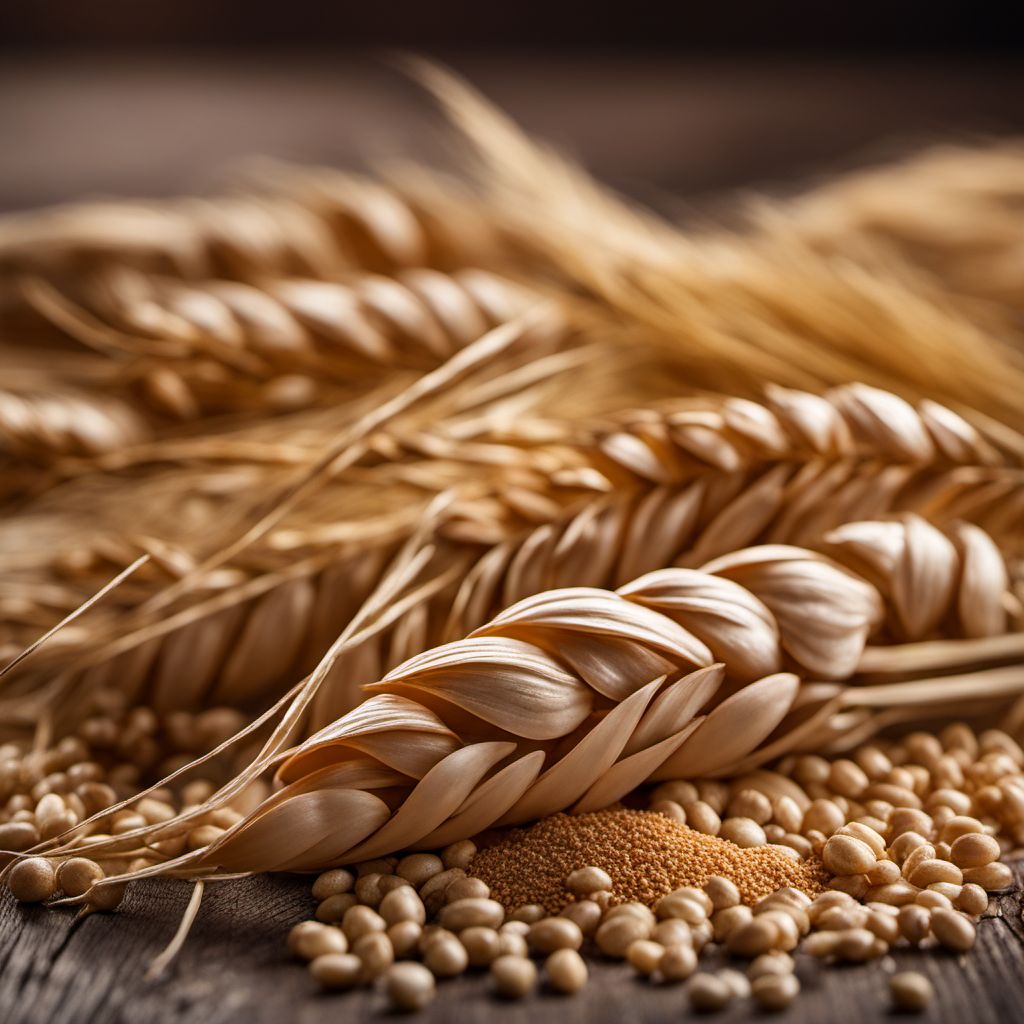
Ingredient
Fresh durum pasta
The Art of Homemade Pasta: Fresh Durum Pasta
Fresh durum pasta is characterized by its golden hue, firm yet tender texture, and rich, nutty flavor. It has a higher protein content compared to regular pasta, resulting in a satisfying chewiness. This pasta is versatile and pairs well with a variety of sauces, from simple tomato-based ones to creamy Alfredo or pesto.
Origins and history
Durum wheat, the main ingredient in fresh durum pasta, has been cultivated for centuries in the Mediterranean region. It has its roots in ancient civilizations like the Greeks and Romans, who recognized its superior quality and nutritional value. Today, durum wheat is still widely grown in Italy, where it is used to make traditional pasta.
Nutritional information
Fresh durum pasta is a good source of protein and dietary fiber. It also contains essential minerals like iron and selenium. However, it is higher in calories compared to dried pasta due to its higher moisture content.
Allergens
Contains gluten from durum wheat.
How to select
When selecting fresh durum pasta, look for a vibrant golden color and a slightly rough surface, which helps the sauce adhere better. Avoid any pasta that appears pale or has a slimy texture. Opt for pasta made with high-quality durum wheat semolina for the best flavor and texture.
Storage recommendations
To store fresh durum pasta, keep it refrigerated in an airtight container or wrapped tightly in plastic wrap. It is best consumed within 2-3 days to maintain its freshness and texture. If making a large batch, the pasta can be frozen for up to 3 months. Cook frozen pasta directly from frozen without thawing.
How to produce
Fresh durum pasta can be made at home by combining durum wheat semolina, eggs, and water. The dough is kneaded until smooth, rolled out, and cut into desired shapes. It can also be extruded using a pasta machine for shapes like spaghetti or penne. With practice, anyone can master the art of making fresh pasta.
Preparation tips
Fresh durum pasta can be cooked in boiling salted water until al dente, typically around 2-3 minutes. It cooks much faster than dried pasta, so it's important to keep an eye on it. Pair it with your favorite sauce, whether it's a classic marinara, a creamy carbonara, or a vibrant pesto. Don't forget to reserve some pasta cooking water to help bind the sauce and pasta together.
Substitutions
Dried durum pasta can be used as a substitute for fresh durum pasta. While it won't have the same tender texture, it can still be cooked al dente and paired with various sauces. However, the flavor and overall experience may differ slightly.
Culinary uses
Fresh durum pasta is a staple in Italian cuisine and is used in a wide range of dishes. It is commonly enjoyed with classic sauces like Bolognese, carbonara, or arrabbiata. It can also be used in pasta salads, baked dishes like lasagna or cannelloni, or simply tossed with olive oil, garlic, and herbs for a quick and satisfying meal.
Availability
Italy
More ingredients from this category
Recipes using Fresh durum pasta » Browse all
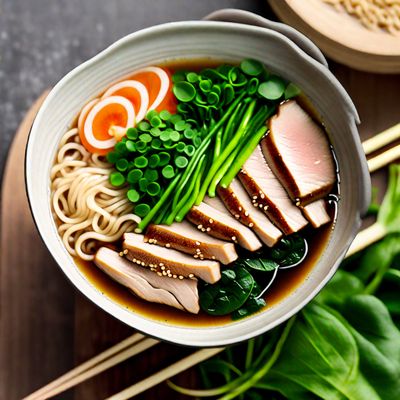
Haute Cuisine Ramen
Elevated Ramen: A Haute Cuisine Twist on a Japanese Classic

Pizza with Fig and Prosciutto
Fig and Prosciutto Delight: A Gourmet Twist on Traditional Pizza

Homestyle Hawaiian Saimin
Island Comfort: Homestyle Hawaiian Saimin

Homemade Menma Ramen
Umami Delight: Homemade Menma Ramen

Pearà Burger
The Ultimate Pearà Burger: A Fusion of Italian Comfort and Fast Food Delight

Tlingit-style Spicy Noodle Stir-Fry
Fiery Tlingit Noodles: A Spicy Twist on Traditional Stir-Fry
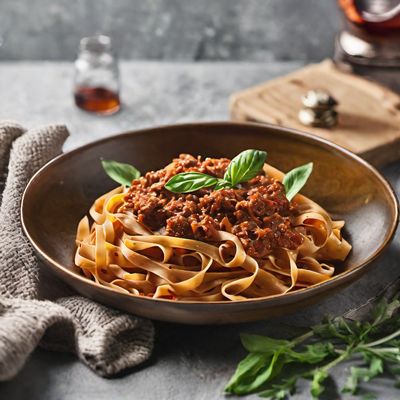
Tagliatelle al ragù alla Bolognese
Nordic-inspired Tagliatelle with Bolognese Ragù

Creamy Sedani Soup with Italian Flair
Velvety Sedani Delight: A Taste of Italy in Every Spoonful

Spicy Sichuan Noodles
Fiery Noodles of Sichuan: A Spicy Delight
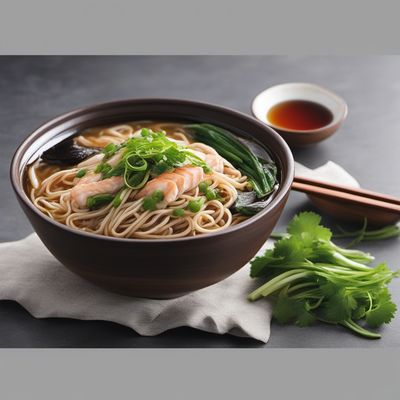
Putian-style Soba Noodles
Silky Noodles from the Sea: Putian-style Soba Delight

Hot Dry Noodles Lyonnaise Style
Savory Lyonnaise Hot Dry Noodles: A Fusion of Chinese and French Flavors
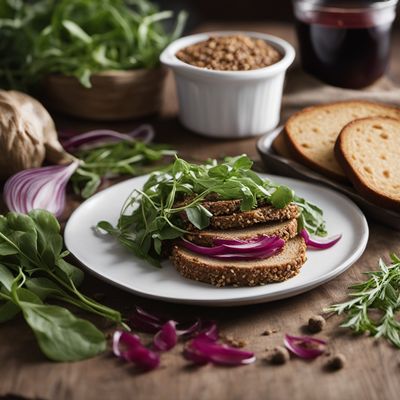
Halve Hahn with a Twist
Savory German Delight: Halve Hahn Reinvented